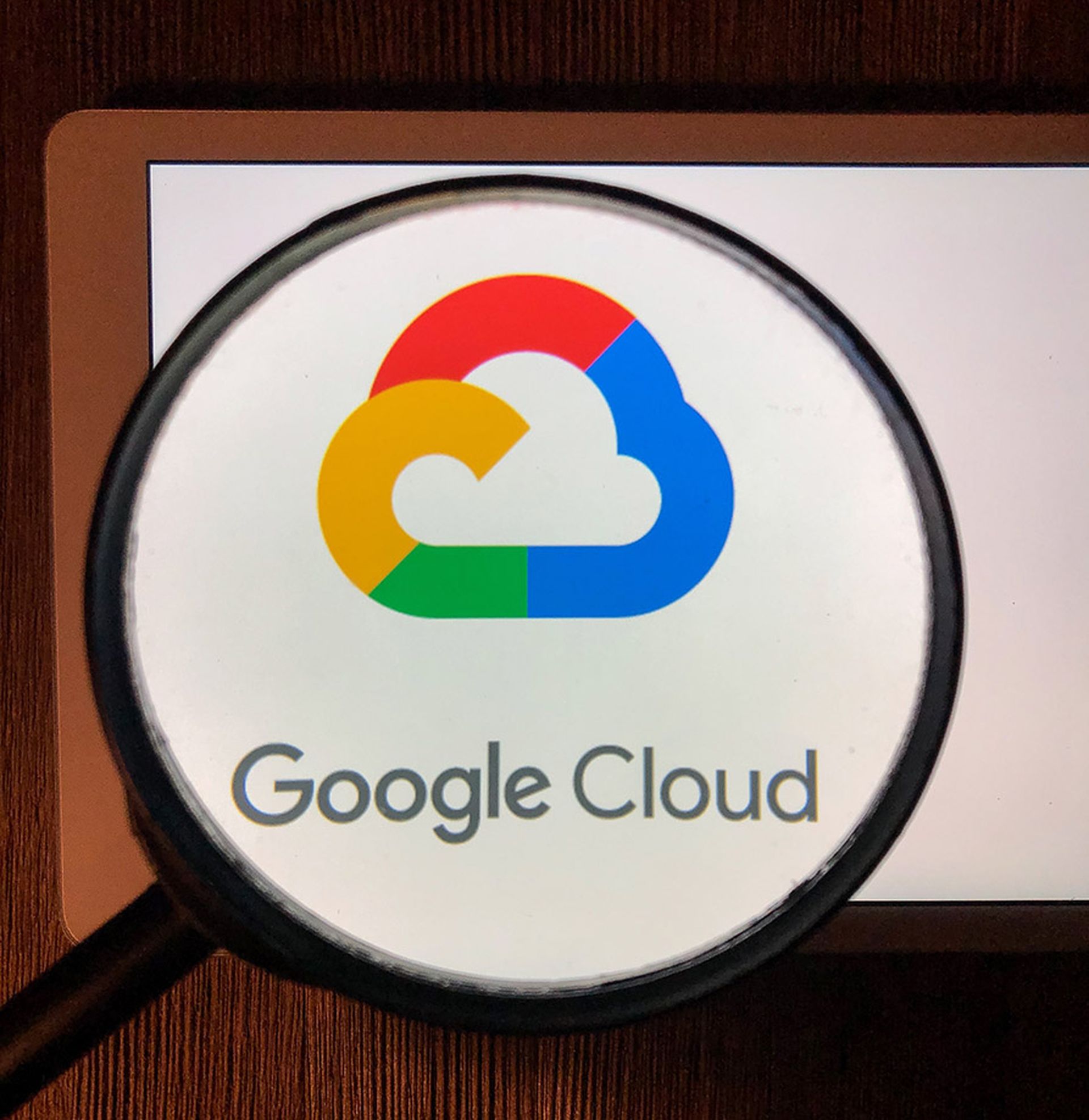Life moves quickly in the security market, and it’s been quite an interesting ride for Art Gilliland, CEO at Delinea, which rebranded in February about a year after TPG Capital merged Thycotic with Centrify.
We caught up with, Gilliland, former executive vice president and general manager of Symantec’s enterprise business unit, to talk about the re-branding, the technical strengths of Thycotic and Centrify, and Delinea’s plans to help customers leverage privileged access management (PAM) to improve security.
Any significance to the name Delinea? Does it relate to anything you are doing with the product?
Gilliland: It does. We want to embrace this idea of actively helping customers “delineate” between what your users should have access to or not. And so while Delinea is a made-up word, it’s reminiscent of delineate. We want to actively, seamlessly help customers decide what their users should be allowed to do or not do. The idea is to allow users to have access to what they need to do their jobs, but only what they need – and the name Delinea embodies that concept.
What are the historic strengths of Thycotic and Centrify? Why was this such a good merger in the first place?
Gilliland: If you look at both companies, both were in the PAM space. The idea is to authorize user access into important systems. But if you dig down to true skills they are complementary. Where Thycotic was excellent was in the vaulting and rotation of passwords. They had a vault where you could keep passwords separate from Active Directory. Some 97% of revenue came from the vaulting product, Secret Server. They realized that if they wanted to grow they had to reach out to other aspects of PAM to stay competitive. They were good at seamless deployment and time-to-value. They built technology that was good for sophisticated companies, but they also made it easy and approachable for small companies.
Centrify focused on leveraging Active Directory and being able to manage and control and deal with privileges and authorizations in Linux and Unix environments from Active Directory. It gave IT operations folks a way to control access and privilege to Unix and Linux environments using their internal directory. That Active Directory bridging was about 95% of Centrify’s revenue. When you map the two companies together there was only $12 million of overlap between the two. Both had to invest in building the other’s capabilities. The power in the merger was we got best-in-class vaulting technology that was easy to deploy and use with super-powerful Active Directory bridging technology and built a platform to bring them together, but did it as one company. Bringing them together accelerated the roadmap. Instead of building two, we built one. Now we can increase the investment across both companies.
Is this more than a rebranding? What's different moving forward about the way you will go to market?
Gilliland: Managing privileges, managing accounts across all your environments, whether it’s infrastructure, Linux and Unix servers, cloud deployments, or DevOps environments is what customers want to do. Delinea brings all those capabilities into a single platform that’s easy-to-use and quick-to-deploy, delivered from the cloud. Both Thycotic and Centrify were very early in the SaaS deployment of their products. That is the future for how to do this. And we want to do this across the entire infrastructure. Delinea makes this as seamless and easy and fast as possible.
You say "you are providing privileged access without the excess." What does that really mean?
Gilliland: If you look at the history of PAM and the players it’s a very sophisticated product to deploy. Most organizations don’t have the expertise to do that. PAM was focused on the top 50 companies, the very sophisticated companies that had lots of resources. The reality is you can build a product like that, but that’s not what the vast majority of customers use. The vast majority use half the capabilities of the product and if you don’t design for that, the small customers won’t have the skill and expertise to use your products. We continue to invest in products that allow the laymen to interact with and use. It doesn’t mean we won’t have more sophistication. You want to hide the “nerd knobs” – like the “advanced button” at the bottom of a web page. There’s got to be a deployment model based on best practices that’s the default. If you have a super-user, they can click a button and get access to all the capabilities. When we say “privileged access without the excess,” we are going to make this easy to you. Employees can change jobs, change roles, and get access to it, the interface is intuitive and easy. If you want to use the “nerd knobs” we’ll have them there, but that’s not what you need to use our product effectively.
So much of Delinea's focus is on being a cloud-based provider. How do you help companies on their cloud journeys, even if they may not be so mature from a cloud standpoint?
Gilliland: If you look at the history of the two companies now part of Delinea, these companies are 18 to 20 years old. We have a lot of our customer base that’s still running on-premises infrastructure. Just like them, we are focused on and pushing our new investment into cloud. But I have a lot of customers still using my products on-premises. I am in this weird adolescent stage. I have one foot on-premises, one foot in the cloud. I am actually a great partner for companies making that transition because most of my innovation and new things and push is to get you to the cloud because that’s where I know the market is going. But I still have customers on-premises, so I have to build and maintain and support those products, too. As a company, I want my existing customer base to transition to my new stuff. My new stuff is in the cloud. So I need to build a bridge from my existing products to my new products. I am going to help my customers cross that bridge versus: I got this on-prem thing, I want to move to this new cloud thing, but you have to jump across this chasm to get to it. I’m really invested in building that bridge. I don’t want you to have to jump across. I want to make that walk across really easy.
So how does that look?
Create a single management interface that lets you mange cloud and on-premises deployments. A lot of what you’ll see in the platform we are delivering is you can have part of your infrastructure in the cloud and part on-prem and can manage it in one place with common policy. That’s one way to do it. The other way is technical tools that allow you to rotate passwords from one on-prem interface to the cloud one. As you are thinking about migrating, or as are moving your own infrastructure from on-prem to cloud you can use one product to help you do that.
The business part is licensing. If you are an existing customer, I can make licensing transition from on-prem to cloud product seamless. You don’t have to buy an on-prem infrastructure and another one in cloud. You can buy a subscription from us and migrate over time. If your migration goes slower, it’s no problem, you are on-prem with some licenses, in the cloud with some of the other licenses. That’s an advantage to dealing with a company like us that have that split environment. The downside is that you have to split that investment. The speed of the new functionality in the cloud may not be the same as a company that only does that. But I believe that the value of the technical and license migration we offer far outweighs the velocity of new functionality into the cloud and that’s why customers choose us.
Finally, are there any plans to take Delinea public? Should we expect an IPO later this year or in 2023?
The options are there. We are growing fast. The business is able to go public, but obviously there’s work to do to prepare for being a public company. We will continue to keep our options open. There’s always a piece of it where we’re trying to make the company as mature as possible so we can become a public company if that’s what we decide to do. But our focus is around satisfying customers and growing revenue. If we’re able to go public in the next year or two that would be phenomenal. At the end of the day, it’s about building a great company and that’s what we’re focused on.




